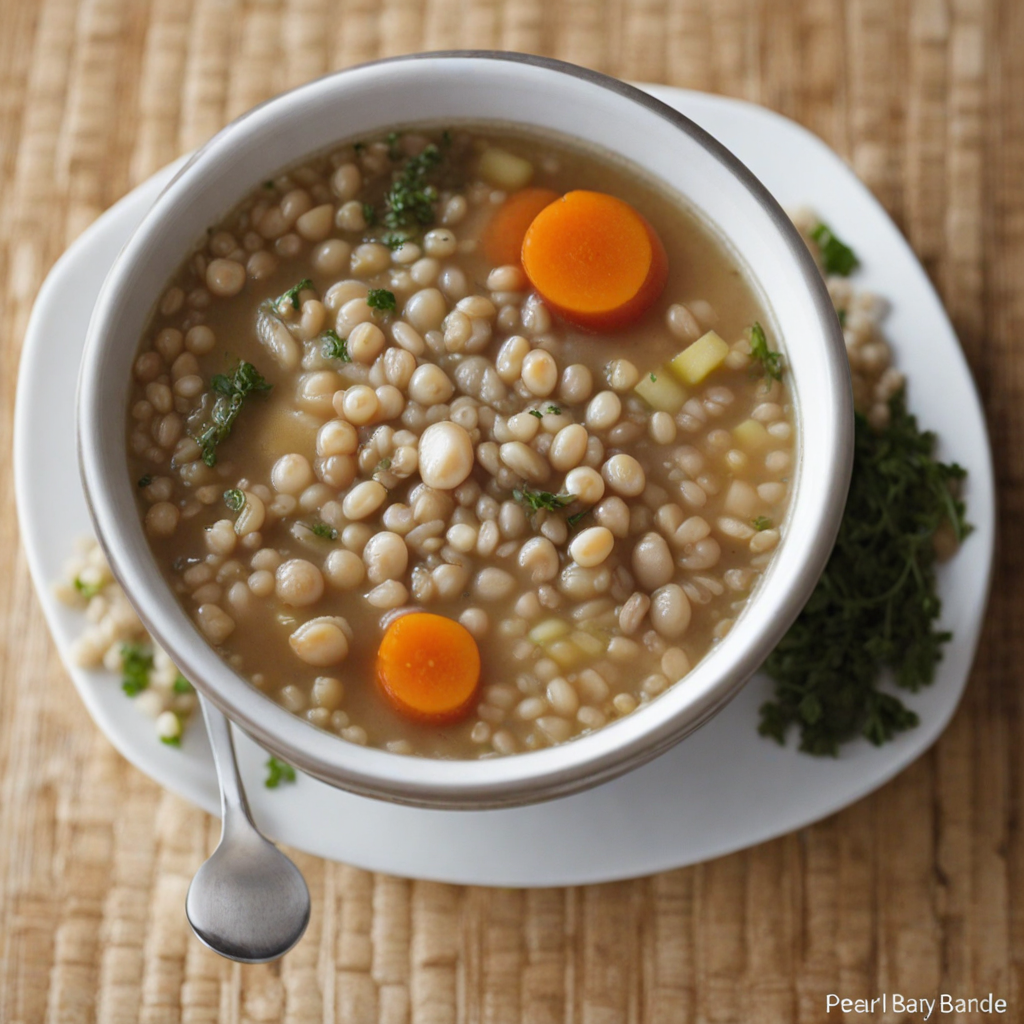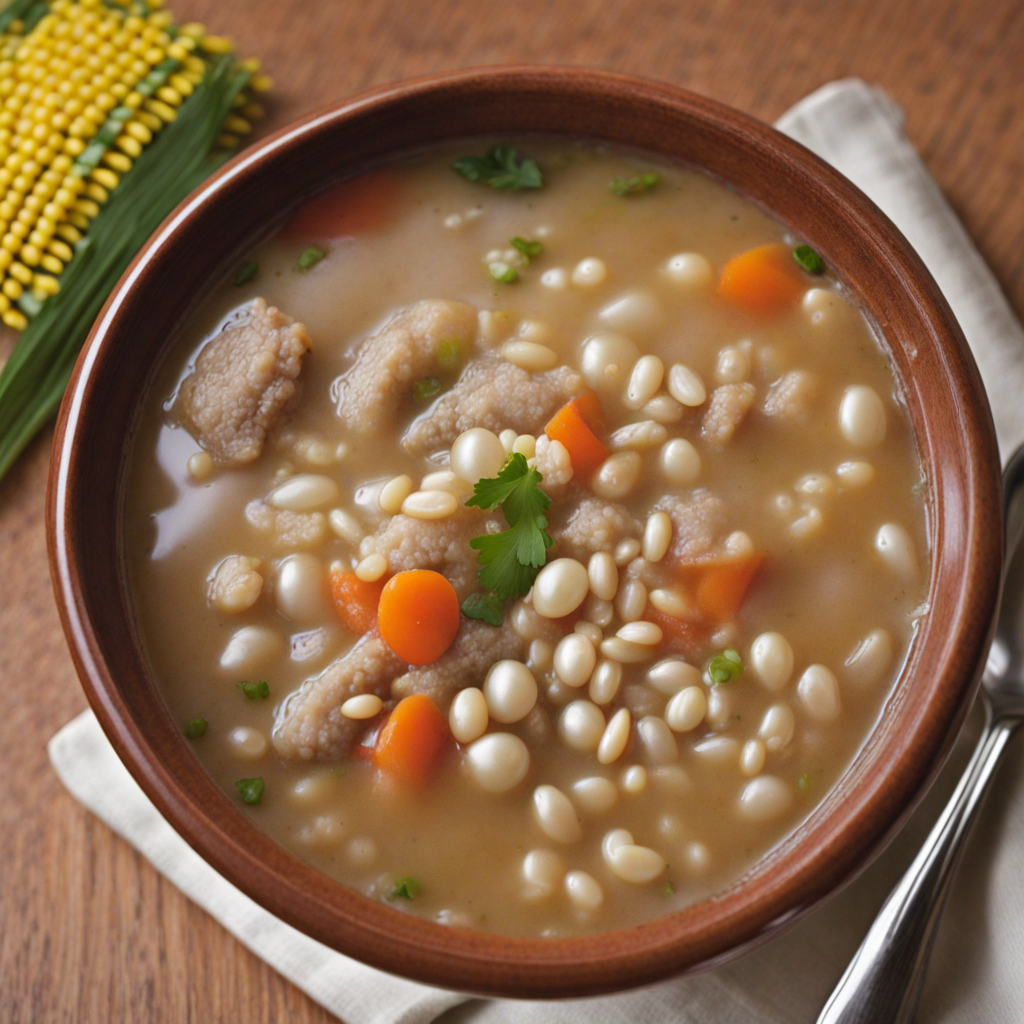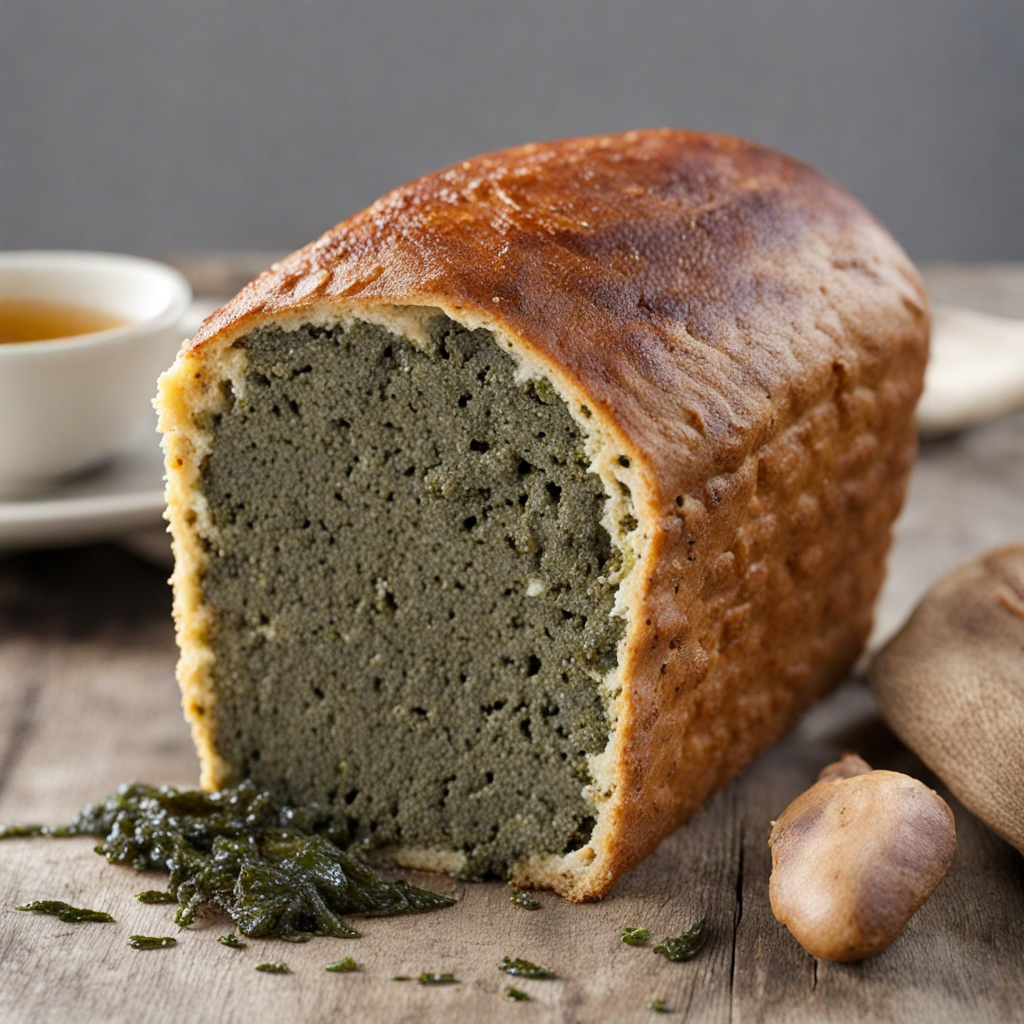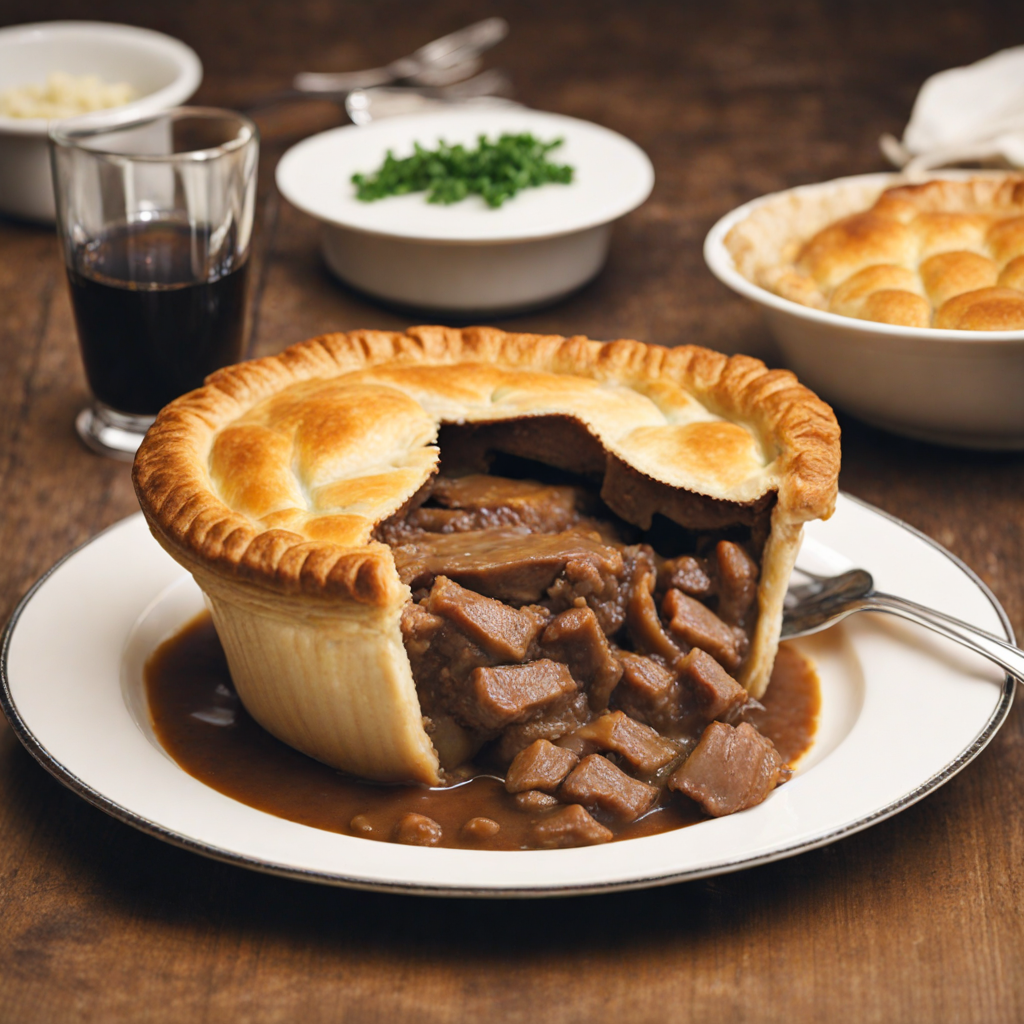Pearl Barley Broth
Pearl Barley Broth is a hearty and comforting dish that showcases the versatility of pearl barley, a whole grain that has been a staple in British cuisine for centuries. The broth is typically made by simmering pearl barley in a rich vegetable or meat stock, allowing the grains to absorb the flavors while becoming tender. This process creates a thick, nourishing base that serves as the perfect canvas for the addition of various vegetables, such as carrots, leeks, and celery, which contribute vibrant colors and textures to the dish. What sets Pearl Barley Broth apart is its unique nutty flavor and chewy texture, which contrasts beautifully with the broth’s warmth. Seasoned with herbs like thyme and parsley, the dish offers an aromatic experience that elevates the simple ingredients to new heights. It is often enriched with protein sources such as chicken or ham, but can easily be adapted to suit vegetarian or vegan diets, making it a versatile choice for any meal. This nourishing broth is a true reflection of British comfort food, perfect for warming the soul during chilly days. Served alongside crusty bread for dipping, Pearl Barley Broth is not only satisfying but also nutritious, packed with fiber and essential vitamins. Whether enjoyed as a main course or a side dish, this delightful broth invites you to discover the rustic flavors and wholesome ingredients that characterize traditional British fare.
How It Became This Dish
The History of Pearl Barley Broth in the United Kingdom #### Origins and Early Uses Pearl barley, a form of barley that has been polished to remove its outer husk and bran layers, has been a staple grain in the United Kingdom for centuries. Its journey can be traced back to ancient agricultural practices, where barley was among the first domesticated grains. Archaeological evidence suggests that barley cultivation began in the Near East around 9000 BCE, eventually spreading to Europe, where it found fertile ground in Britain. In the UK, barley has historically been valued for its versatility and nutritional content. It is rich in fiber, vitamins, and minerals, making it a crucial food source, especially in rural and working-class diets. The practice of making broths and soups with grains can be traced back to medieval times. During the Middle Ages, barley was often used in pottage—a thick stew or soup that served as a staple meal for peasants and laborers. The use of pearl barley in these broths likely developed as culinary techniques advanced, with cooks discovering that pearl barley added both texture and heartiness to dishes. #### Cultural Significance Pearl barley broth holds a unique place in British culinary culture, particularly in the context of traditional home cooking and thriftiness. During times of hardship, such as the Industrial Revolution and the two World Wars, households often relied on simple, affordable ingredients to create nourishing meals. Pearl barley became a favored choice due to its long shelf life and ability to stretch small amounts of meat or vegetables into a filling dish. In the context of British cuisine, pearl barley broth is often associated with comfort food—a dish that evokes warmth, nostalgia, and care. It is a dish that brings families together, often prepared in large quantities to serve multiple generations. The broth is not merely a meal; it represents a connection to the land and to a way of life that values resourcefulness and sustenance. #### Development Over Time As the centuries progressed, so did the ways in which pearl barley broth was prepared and enjoyed. In the 19th century, with the rapid urbanization of Britain, the need for quick, nutritious meals became paramount. Barley broths evolved to accommodate this changing lifestyle. Cookbooks began to include recipes for pearl barley broth that emphasized efficiency without sacrificing taste. The rise of the industrial kitchen and the availability of canned goods led to variations of pearl barley broth incorporating preserved meats and vegetables. The classic recipe—often a mix of pearl barley, root vegetables, and meat, such as beef or lamb—remained popular, but adaptations emerged based on regional ingredients and personal preferences. In Scotland, for example, the traditional dish "Scotch broth" incorporates lamb and a variety of vegetables, while in England, the broth might be made with chicken and seasonal produce. The post-World War II era saw a renewed interest in health and nutrition, leading to a resurgence in the popularity of whole grains, including pearl barley. Health food movements began to promote barley for its health benefits, such as its role in lowering cholesterol and managing weight. As a result, pearl barley broth also made its way into the health-conscious kitchens of the 1970s and '80s, where it was often featured in vegetarian or low-fat recipes. #### Modern Interpretations In contemporary British cuisine, pearl barley broth has seen a renaissance as chefs and home cooks alike rediscover traditional recipes and adapt them for modern palates. The farm-to-table movement has inspired a new generation of cooks to use locally sourced ingredients, often incorporating seasonal vegetables and herbs into pearl barley broth. The dish has also gained popularity in the realm of vegetarian and vegan cooking, where it is celebrated for its ability to create hearty, satisfying meals without meat. The versatility of pearl barley broth means it can be tailored to various dietary needs and preferences. For instance, it can easily be made gluten-free by substituting pearl barley with other grains like quinoa or rice. Furthermore, the broth can be spiced up with exotic flavors, such as adding turmeric, ginger, or coconut milk, showcasing how traditional recipes can evolve while still honoring their roots. In recent years, the culinary landscape in the UK has embraced global influences, leading to fusion dishes that blend traditional British flavors with international cuisines. This has resulted in creative interpretations of pearl barley broth, where it might be combined with Mediterranean or Asian ingredients, reflecting the multicultural nature of modern British society. #### Conclusion Pearl barley broth is more than just a simple dish; it encapsulates the history, resilience, and adaptability of British cuisine. From its origins in ancient agricultural practices to its status as a comfort food in modern households, this nourishing broth has remained a beloved staple. Its evolution over time—from rustic pottage to contemporary health food—demonstrates the enduring appeal of pearl barley in the UK, serving as a reminder of the importance of tradition, resourcefulness, and community in our culinary heritage. As we continue to embrace both the past and the future in our kitchens, pearl barley broth stands as a testament to the rich tapestry of British food history—one that is as comforting and satisfying as the broth itself. Whether served on a cold winter's night or enjoyed as a light summer meal, pearl barley broth is a dish that nourishes not just the body, but also the soul.
You may like
Discover local flavors from United Kingdom







